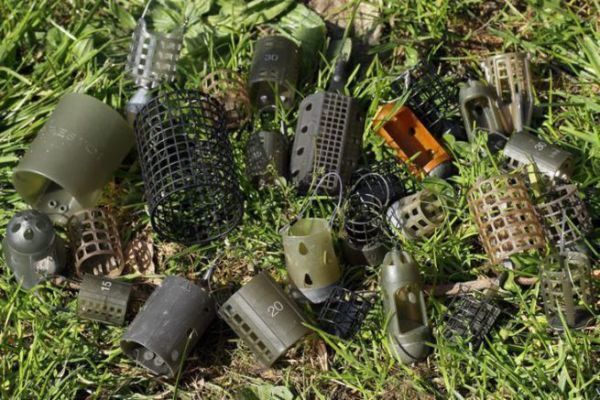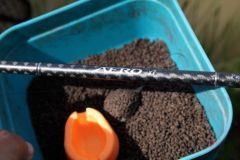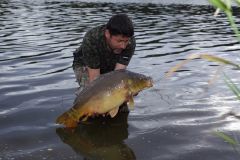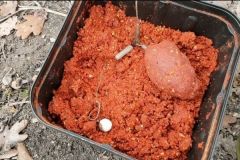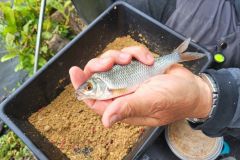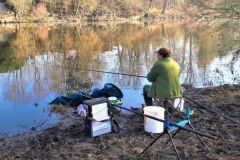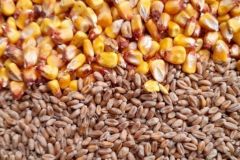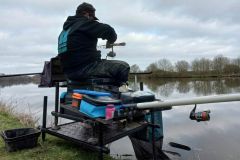Open or wire cages
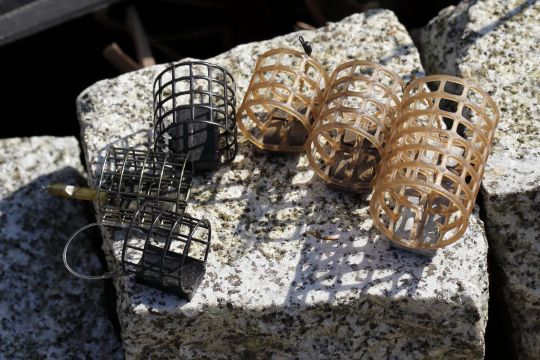
These cages were the first to appear on the market. The lead is on the side of the cage (often cylindrical in shape, but rectangular ones are also available). The attachment is usually above the lead.
The advantage of these cages is that it's very easy to choose how to squeeze the groundbait in, and they always position themselves well at the bottom and release the groundbait very well. Their disadvantage is that they don't cast as far as some of the others we'll see later, and can easily catch the wind and deflect the cast.
That said, these are really the all-purpose cages.
They're available in metal or plastic. Metal ones cast better and hold better when fishing the current than plastic ones. On the other hand, they rise to the surface less quickly than plastics and are therefore more prone to snagging when the line is reeled in.
Full cages

these are similar to the above, but instead of being wire-meshed, the cage's "turn" is solid ("closed"). As a result, the groundbait works more slowly in contact with the water. These cages are ideal for getting the groundbait to the bottom and avoiding losing it on impact with the water, and for putting in more bait and not losing it on casting.
Closed" bait cages
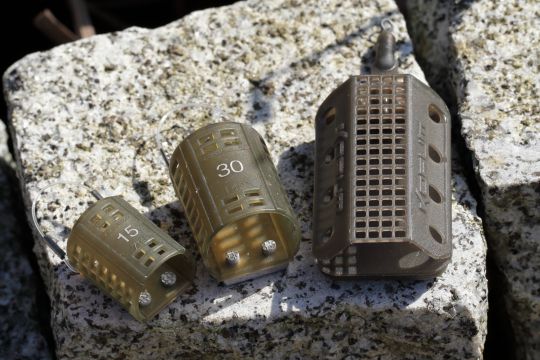
Same principle as above, except that the top of the cage (the side where it hangs on the line) is completely closed. They are designed to hold a lot of bait or seed inside the cage and "close" the whole thing with a groundbait plug. These cages are ideal when you want to bring a lot of live animal bait (maggots, pinkies) or seeds to the spot.
Feeder-bomb or feeder-bullet cages
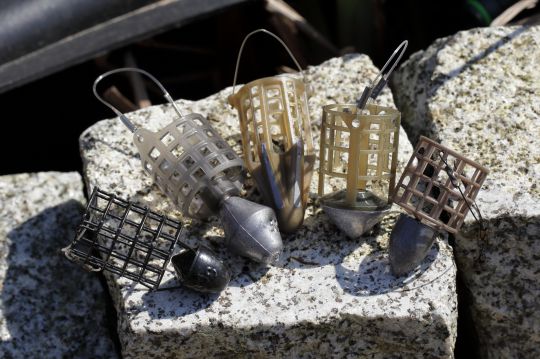
On these cages, the lead is on the end of the cage, opposite the line attachment. The main advantage of these cages is that they allow you to cast much farther and more accurately than previous models, with less wind.
As with previous models, there are metal and plastic versions. The metal ones cast better in windy conditions than the plastic ones, but they come up much less well when the line is brought back.
Distance feeder cages
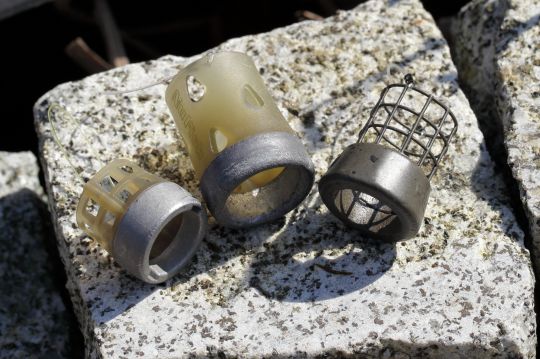
As their name suggests, these feeders have been designed for long-distance fishing. They cast a little less well than their predecessors and make a little more noise on impact. On the other hand, open at both ends, they allow better management of groundbait filling and "compaction". Solid versions are also available to reduce groundbait loss when the feeder hits the water during casting, and to help bring the groundbait to the bottom.
Window" feeder cages
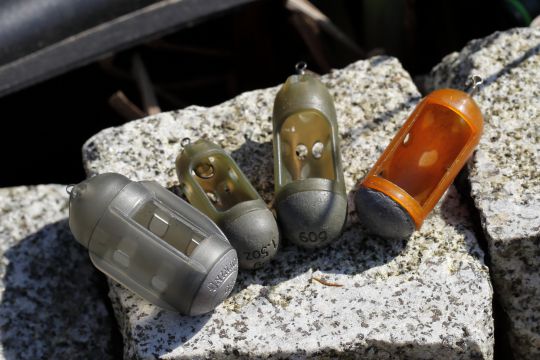
These are the cages that cast best. The lead is at the end of the cage and they generate little friction in the air when cast.
The cage is filled from the side. The groundbait releases more slowly than with conventional feeders. They can be filled with bait and finished with a groundbait plug. These are the ideal cages when you want to fish very far away, release the groundbait more gently or bait with lots of bait over long distances.
Baiting feeder cages
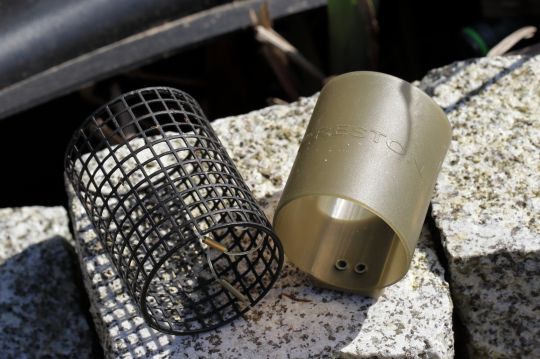
These are very large cages, often with little or no lead. They are used for baiting and can be used to put in a large quantity of groundbait at the start of a fishing trip, or to call back with a lot of groundbait if necessary during the fishing trip. Most of them are made of wire mesh to release groundbait quickly, but some are filled to bring lots of bait or seeds to the spot.

 /
/ 